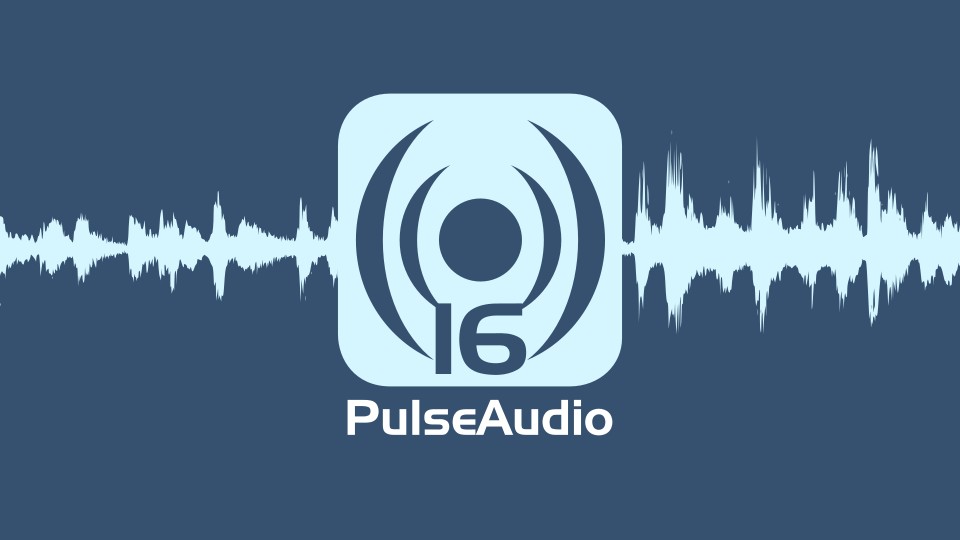For people interested in learning about digital media, I strongly recommend 'Monty' Montgomery's videos on the topic on this page:
Xiph.org: Video
or, more directly:
Episode 1: A Digital Media Primer for Geeks
Episode 2: Digital Show & Tell
The 'stairstep' is a lie. If your understanding of a reconstructed audio waveform from a digital encoding includes a stairstep in the final output, your understanding is wrong.
Xiph.org: Video
or, more directly:
Episode 1: A Digital Media Primer for Geeks
This first video from Xiph.Org presents the technical foundations of modern digital media via a half-hour firehose of information. One community member called it "a Uni lecture I never got but really wanted."
The second video from Xiph.Org explores multiple facets of digital audio signals and how they really behave in the real world. Sampling, quantization, dither, band-limiting, and vintage bench equipment all in one video!


 But, yeah, what the others have said....
But, yeah, what the others have said....
Comment